Last Name/Blood Type Nametapes & Stenciling on BDU T-Shirts
Wednesday, August 16, 1995
To the credit of the U.S. Army, right away they put an end to the white t-shirt crap, having been the first to fight in Vietnam with advisors beginning in 1958. Home of the Infantry: The History of Fort Benning notes on pages 264-265:
THE FORT BRAGG POST
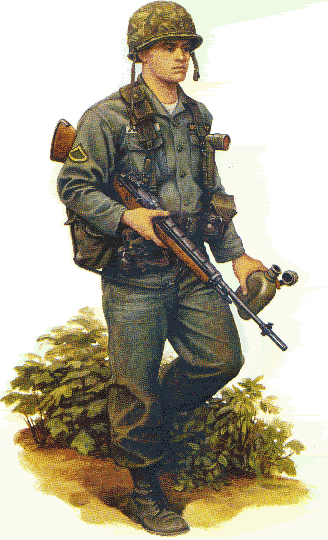
Things at one time were much worse than they are today! Where is this Soldier's camouflage? White t-shirts??? We wore white t-shirts until 1983 in the marines! How many men had to die before we learn?
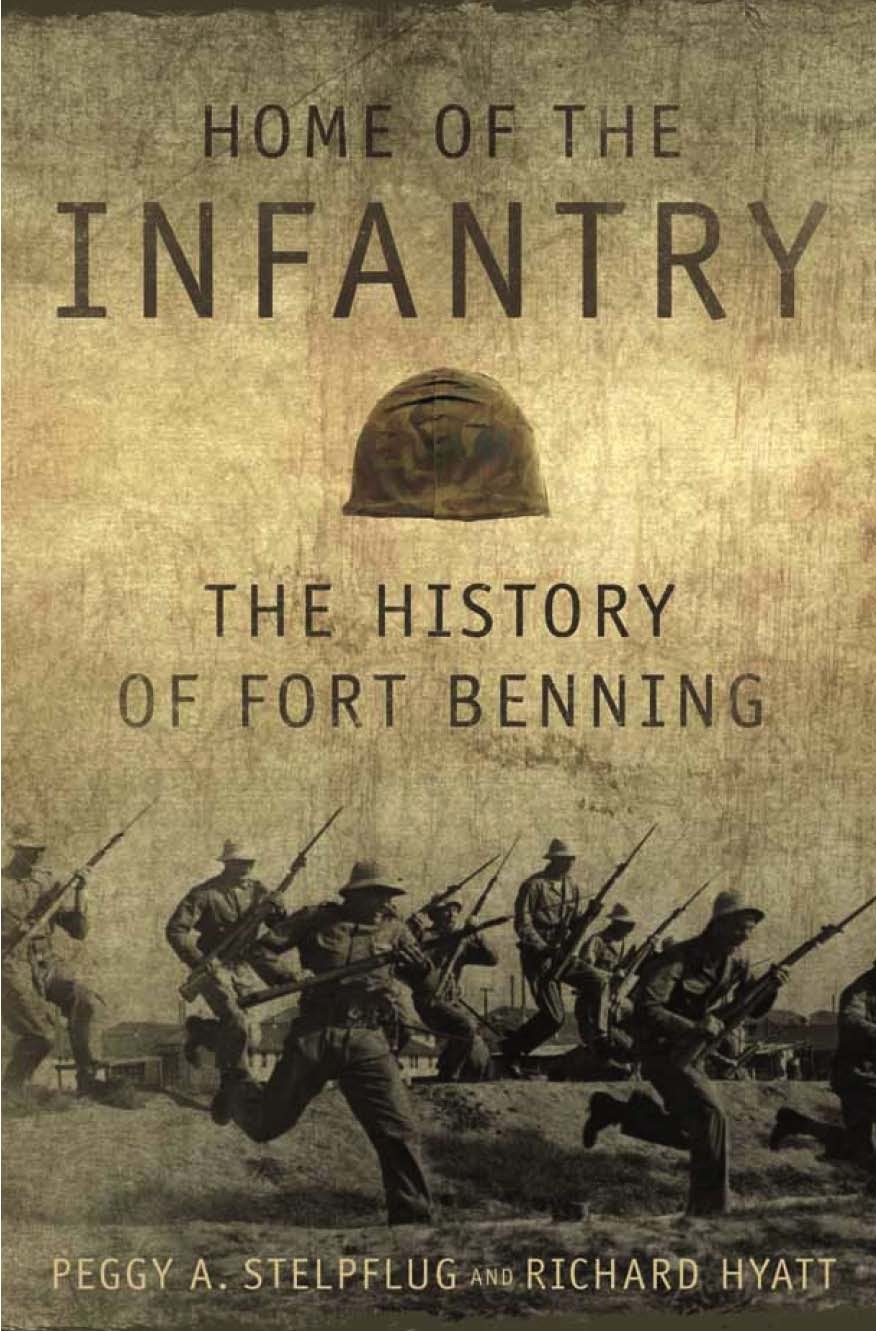
Individuals in the 1st Cav kept busy. They dyed underwear, hankerchiefs, socks, and fatigues a deep forest green. Edward Dennis Monsewicz, then seven years old, remembered his dad, Sergeant Lloyd Joel Monsewicz, "training for his mission, coming home and dyeing his tee-shirts green and sorting out his field gear."Colonel Kenneth D. Mertel, commander of the "Jumping Mustangs", the 1st Battalion, Airborne, 8th Cavalry, said this was a way to survive. "In addition, all insignia were colored a dark green or black to decrease the possibility of being spotted by the enemy. Thus we would make less of a target for snipers. I doubt if wives and girl friends of 1st Cavalry Sky Troopers ever forgot the color of green dye", he said.
The Navy still wears white t-shirts under the blue flammable cotton jumpsuits as if they never heard of Sailors being set on fire after a ship explosion or being gunned down by the enemy while bobbing in the blue water?
Others during the Vietnam war learned more quickly; Vietnam Special operations teams of MACV-SOG (Military Assistance Command Vietnam Special Studies and Observation Group) infiltrate deep into North Vietnam/Laos to gather reconnaissance on the enemy--their uniforms; "sterile" with no unit markings except last name and blood type. No white t-shirts or shiny rank insignia. They planned such epic mission like the Son Tay POW rescue mission.
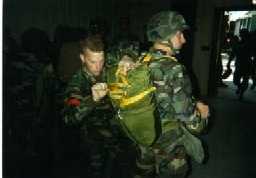
Thousands of 82nd Airborne Division, Ranger and Special Forces Paratroopers en route to the island nation for a night combat jump and operational maneuver to seize control from the ruling junta--on their helmets, jump serial and blood type. The reality of men getting shot and wounded is that we cannot afford to be digging through BDU pockets for ID cards or squinting through smoke, fog and fire to read ID tags around the neck, when a man can bleed to death in under 4 minutes. This is why once the shooting actually starts, professionals put their name/blood type in prominent places to save lives--possibly their own.

Today's 75th Regiment Rangers stencil their last name/blood type on their brown BDU T-shirts--a lesson from Somalia. Get "1" stencil letters from Wal-Mart ($3.78) and make templates on thin cardboard with the blood type centered below the last name for your units' men. Cut out the letters and spray flat black paint 6" below the collar of your T-shirts--do it on the back if you want to wear the shirt backwards for a high collar look. Last name/blood type stenciling will expedite medical care and reduce T-shirt losses from group laundering. It should be SOP in the XVIIIth Airborne Corps as it is in the Ranger battalions--both of whom can be in harm's way in 18 hours or less.
The T-shirt of choice is the "Cool-Max" type which wicks away perspiration so it doesn't hinder the ECWCS system drying effect desired. These t-shirts are available at AAFES military clothing sales stores and surplus stores, some of which are online. U.S. Cavalry store and Brigade Quartermasters are among the best.
A black felt permanent marker pen can be used to add the Paratrooper's blood type to the side of his embroidered last name on his helmet camouflage band. When Soldier's embroider a last name tape to TA-50 gear it should have their blood type included.
It should be Army-wide SOP starting with its elite Airborne units for each Soldier to have at least one "combat-BDU" with blood type embroidered on the name tape (left of the last name) of the BDU jacket and patrol cap with "cateyes." This BDU should be the Nomex, fire resistent "Aircrew BDU" (NSN) for actual Airborne operations/combat in light of the burn injuries from the tragic accident at Pope AFB in 1994. If worn, these uniform need to be trimmed of excess material, laundry labels, sleeve pocket, trouser pockets, etc. for better breathability. We need to secure every lifesaving advantage we can get before battle begins.
ID cards should be in some place for every Paratrooper: "left upper BDU pocket" etc.
2005 UPDATE: PROGRESS WITH THE NEW ARMY COMBAT UNIFORM (ACU)
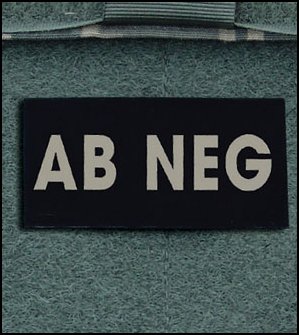
The new ACU has velcro to attach patches, making upgrades like adding blood type to last names easy. You should wear an infared visible blood type patch on your new Army Combat Uniform (ACU) right shoulder if the chain of command authorizes it. (Its a good idea and everyone should wear it)
www.rangerjoes.com/product_info.php?products_id=2527
Every nametape should have blood type included like this VDV re-enactor demonstrates:

Private Murphy's View
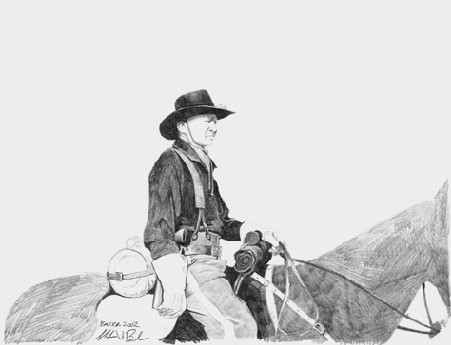
Elusive Concept

